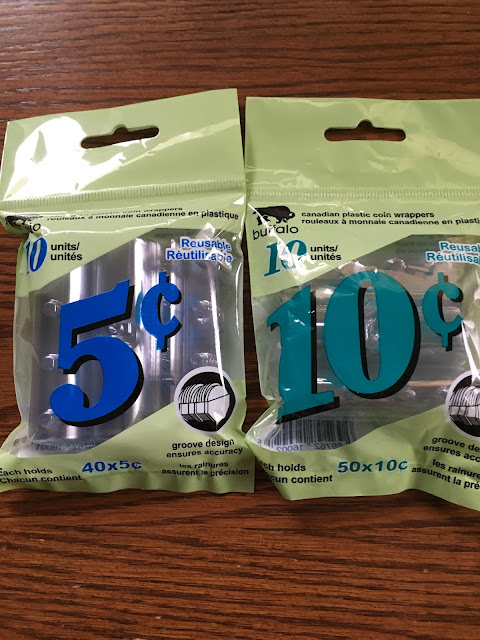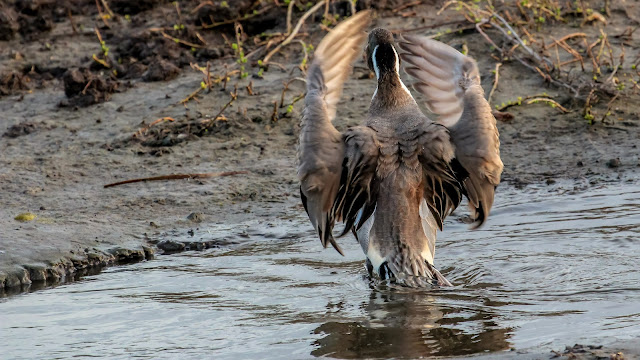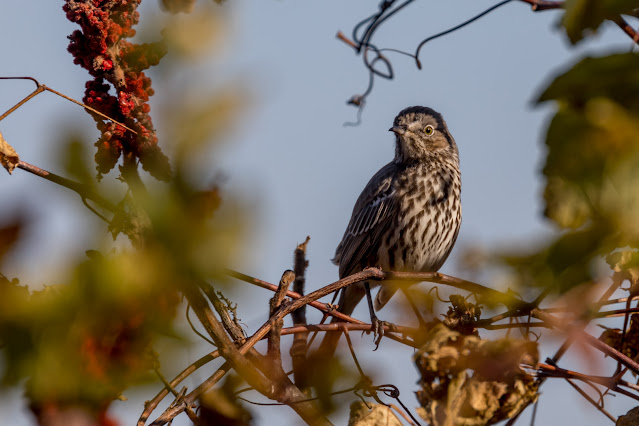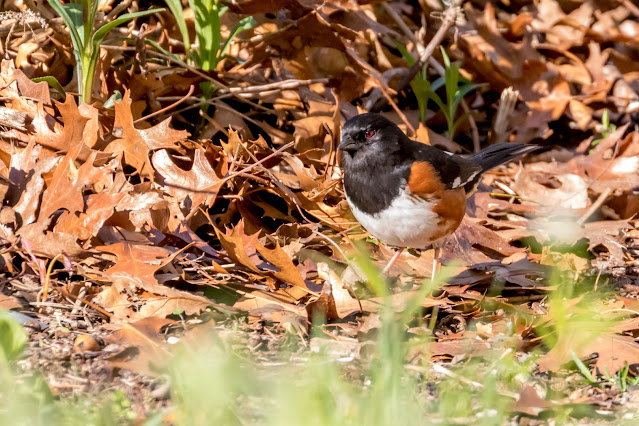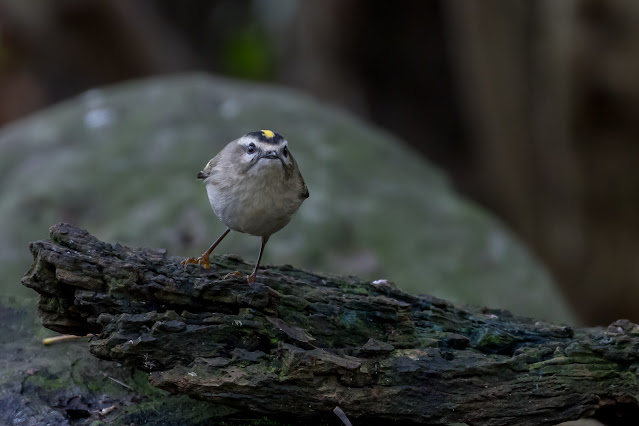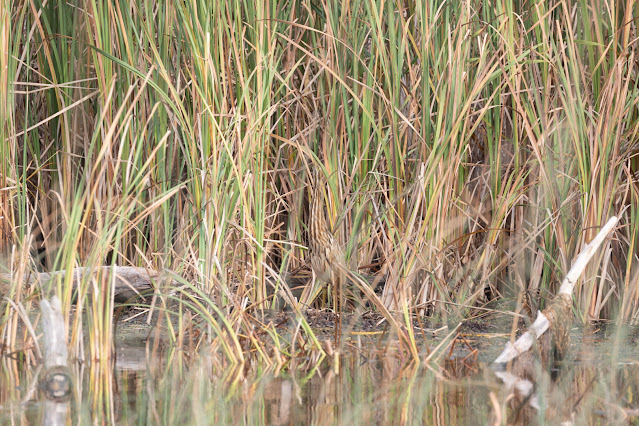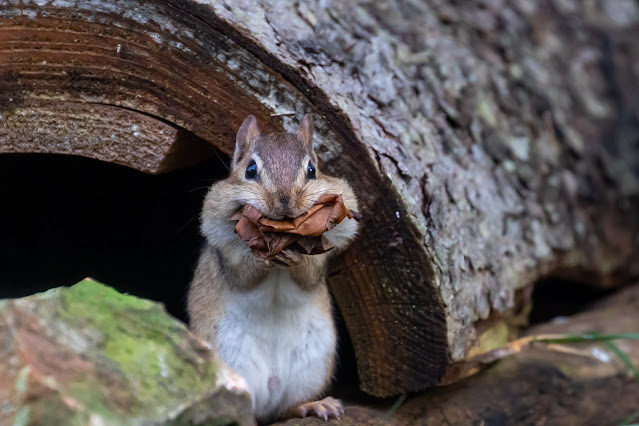Northern flicker
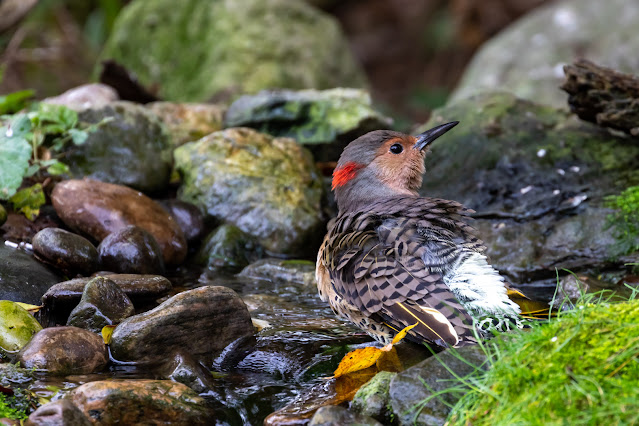
Rondeau Provincial Park, Ontario, Canada, Sept 20, 2021. Going through older photos and decided to post this one. I enjoy getting images of the birds in our little water feature. Colaptes auratus Like most woodpeckers, Northern Flickers drum on objects as a form of communication and territory defense. In such cases, the object is to make as loud a noise as possible, and that’s why woodpeckers sometimes drum on metal objects. One Northern Flicker in Wyoming could be heard drumming on an abandoned tractor from a half-mile away. source- Cornell Lab of Ornithology.







